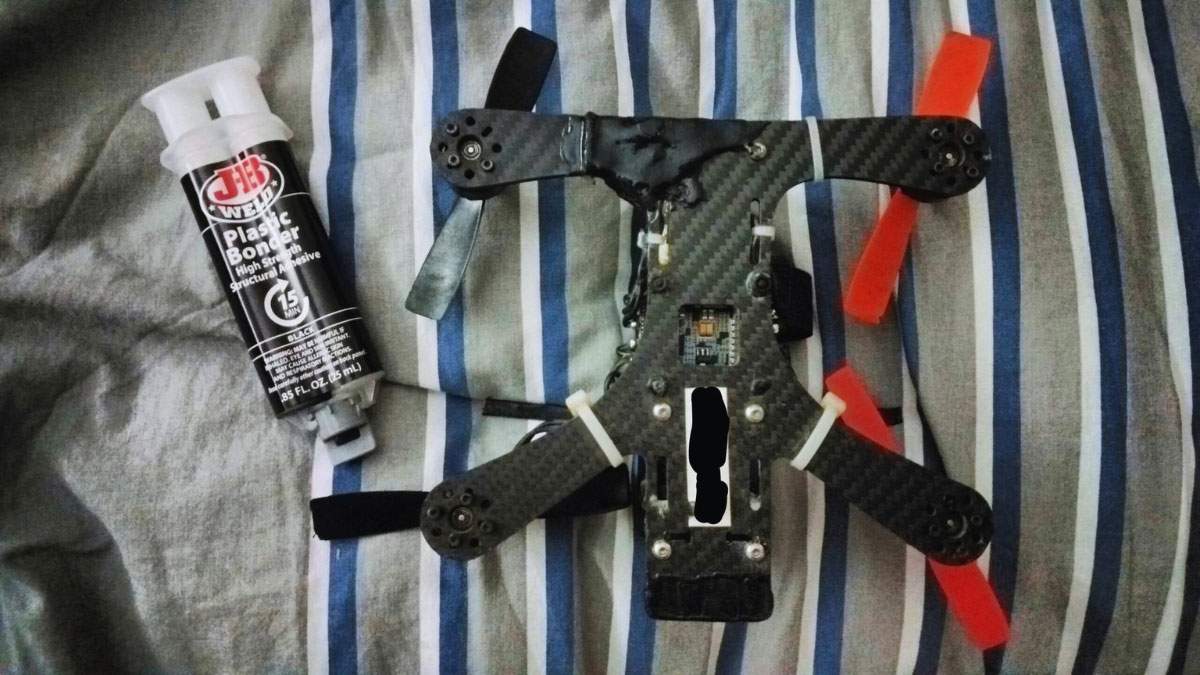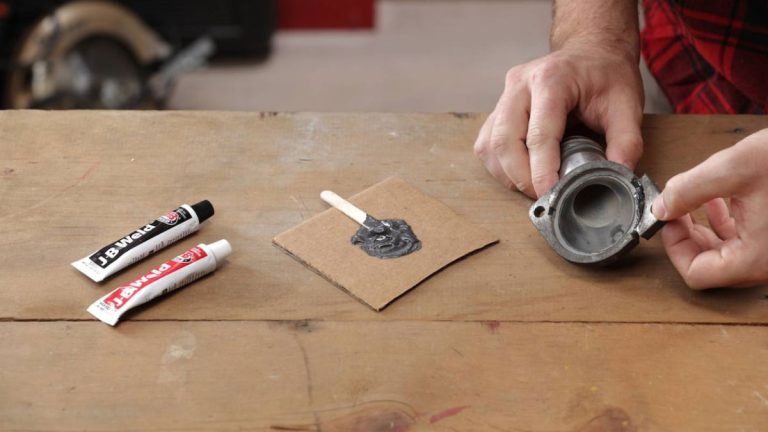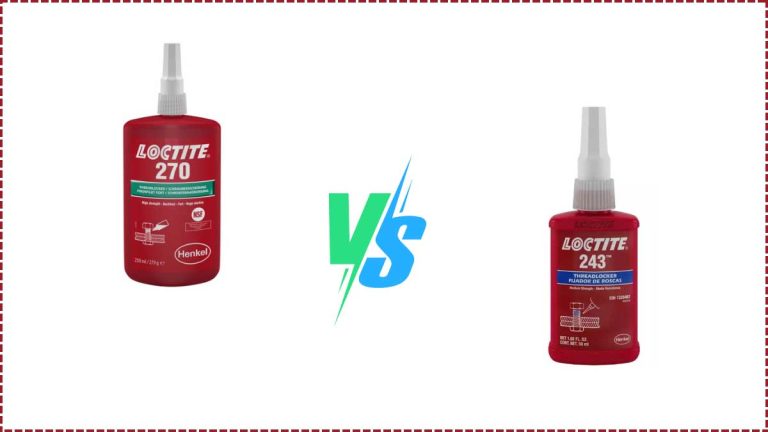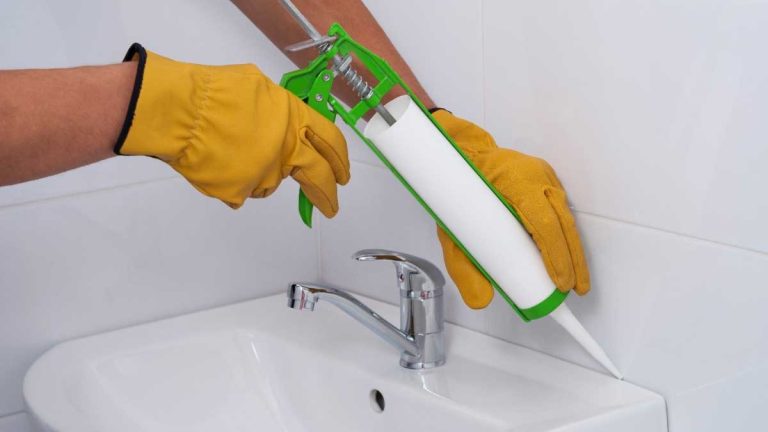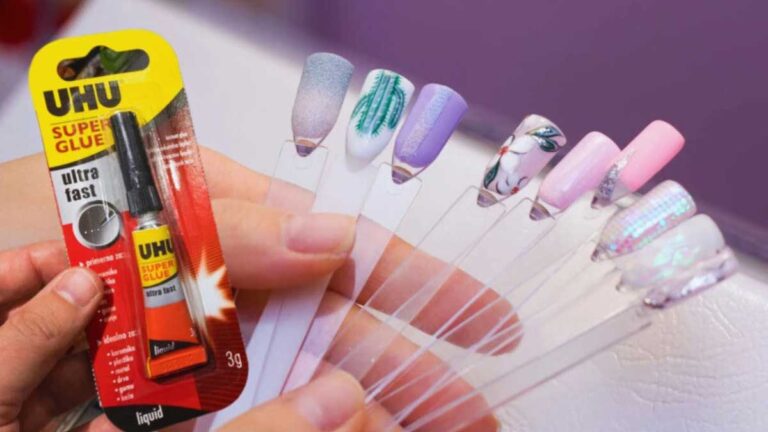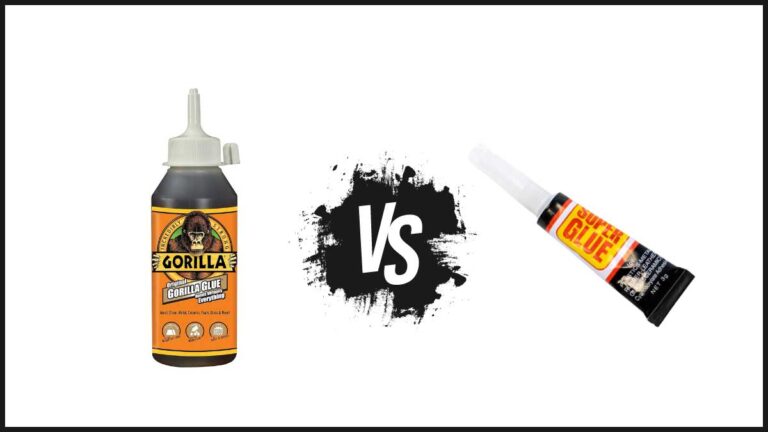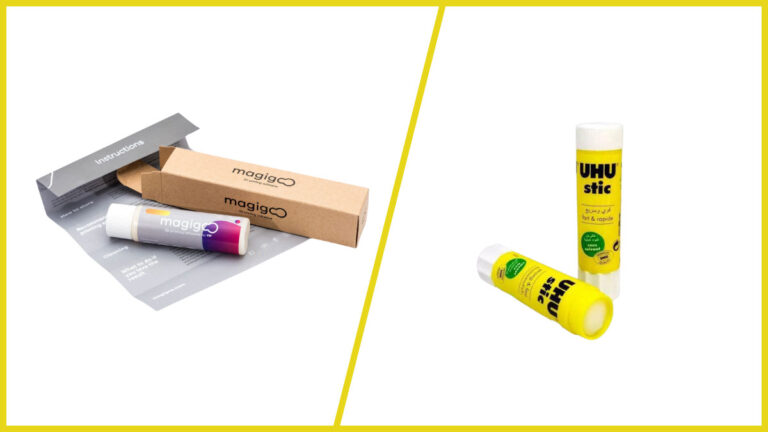Does JB Weld Work on Plastic? A Comprehensive Guide
You’re probably familiar with JB Weld, the go-to adhesive for tough fixes. But when it comes to plastic, does this popular epoxy live up to its reputation? Whether you’re repairing a broken plastic part or tackling a DIY project, knowing if JB Weld can handle plastic is crucial.
Plastic is a versatile but often tricky material to bond securely. Not all adhesives work well with it, and failed repairs can be frustrating. In this text, you’ll discover if JB Weld is the right choice for your plastic repair needs, helping you make informed decisions and achieve durable results.
Key Takeaways
- Plastic Compatibility: JB Weld works well with ABS and PVC plastics, but its effectiveness is limited on polyethylene, which often requires mechanical bonding techniques.
- Surface Preparation: Proper preparation—cleaning with a solvent, scuffing with sandpaper, and ensuring the surface is dry—is crucial for a strong bond on plastic.
- Application Process: Mixing JB Weld in a 1:1 ratio and applying a thin, even layer to both surfaces ensures optimal adhesion. Let the epoxy become tacky before joining the pieces and secure them until the bond forms.
- Curing Times: Understanding the curing times is essential. PlasticWeld sets in 5 minutes and fully cures in 1 hour, while general JB Weld may take longer, up to 24 hours.
- Environmental Factors: JB Weld cures best in temperatures between 50°F and 90°F. High humidity can affect the curing process and bond strength.
- Key Applications: JB Weld is versatile for various applications, including household repairs, automotive fixes, outdoor equipment, electronics, and crafts, ensuring durable and reliable results.
Understanding J-B Weld
J-B Weld stands out as a versatile adhesive, but understanding its intricate details can help you maximize its use, especially when working with plastic.
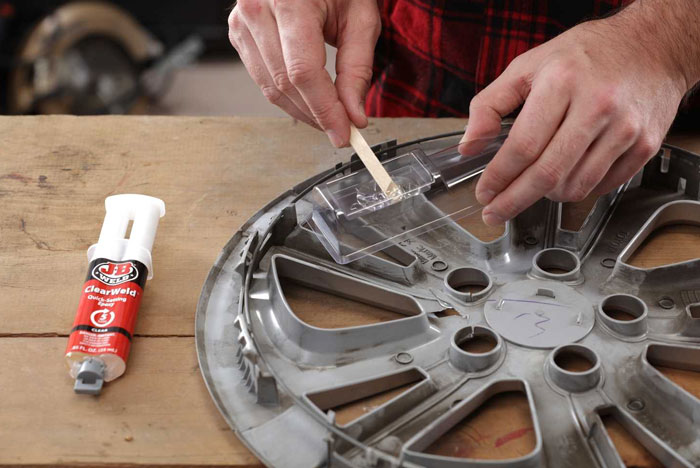
Key Terms
Epoxy: A type of adhesive made from polymer compounds. J-B Weld is an epoxy known for its strong bonding capabilities.
Polyethylene: A common plastic type that J-B Weld may struggle to bond effectively. Requires mechanical bonding methods over chemical ones.
ABS: Acrylonitrile butadiene styrene, a plastic type that J-B Weld bonds well with.
Compatibility with Plastic
J-B Weld’s effectiveness on plastic varies. Here’s a quick look at how it performs with different types:
- ABS: Bonds strongly
- PVC: Bonds well
- Polyethylene: Limited effectiveness; often needs mechanical bonding methods
- Composites: Generally bonds well
Preparation
Proper preparation ensures a strong bond. Follow these steps:
- Clean the Surfaces: Use alcohol or a non-residue solvent to remove dirt, oil, and grease.
- Scuff the Area: Roughen the surface with sandpaper or a similar tool to enhance bonding.
- Dry Completely: Ensure the surface is dry before applying the epoxy.
Application
Applying J-B Weld correctly is crucial for a strong bond. Here’s how to do it:
- Mix the Epoxy: Follow a 1:1 ratio based on the instructions.
- Apply Thin Layer: Spread a thin, even layer on both surfaces.
- Wait for Tackiness: Let the epoxy get slightly tacky before joining.
- Align Pieces: Ensure proper alignment of the pieces.
- Hold in Place: Secure the pieces together until the bond forms.
| Plastic Type | Compatibility | Preparation | Application | Notes |
|---|---|---|---|---|
| ABS | Strong Bond | Clean, scuff, dry | Thin layer, align | Ideal for durable repairs |
| PVC | Good Bond | Clean, scuff, dry | Thin layer, tack | Versatile and broadly applicable |
| Polyethylene | Limited Effect | Clean, mechanical bond needed | Not ideal | Generally requires special methods |
| Composites | Good Bond | Clean, scuff, dry | Thin layer, align | Suitable for enhanced strength |
Knowing J-B Weld’s properties and the necessary steps ensures effective plastic repairs. Follow these guidelines for the best results when working with various plastic types.
Key Applications
JB Weld’s versatility makes it suitable for various plastic repair scenarios. Here are some common applications where JB Weld excels:
Repairing Household Items
You can use JB Weld to fix broken plastic components in appliances, toys, or furniture. It’s particularly effective with plastics like ABS:
- ABS Plastic: Used in items like LEGO bricks and certain appliance housings, JB Weld creates a robust bond.
- PVC: Found in plumbing pipes and fittings, JB Weld provides a reliable seal.
Automotive Repairs
JB Weld is useful for automotive repairs where plastic components are common. Suitable areas include:
- Bumpers and Grilles: Often made from plastics like polypropylene which, with proper surface prep, can benefit from JB Weld.
- Interior Trim: ABS and PVC plastics in dashboards and panels bond well using JB Weld.
Outdoor Equipment Fixes
Outdoor gear often comprises various types of plastics. JB Weld’s resilience under different weather conditions makes it an excellent choice:
- Plastic Garden Tools: Handles and housings made from ABS or PVC can be repaired efficiently.
- Patio Furnishings: Chairs and tables often made from resin or acrylic materials can benefit from JB Weld.
Electronics Repairs
In electronic devices where plastic parts are essential, JB Weld can offer strong fixes:
- Plastic Casings: Non-structural parts like covers on remotes and consoles often use ABS, making JB Weld an ideal repair adhesive.
- Cable Insulation: For minor fixes, applying JB Weld can provide a temporary solution while retaining flexibility.
Craft and DIY Projects
For hobbyists and DIY enthusiasts, JB Weld offers a reliable tool in creative tasks:
- Model Building: ABS and other hobby plastics can be securely bonded.
- DIY Furniture: Creating or repairing plastic elements in custom furniture is simplified.
Data on JB Weld Use Cases
| Application | Type of Plastic | Outcome Description |
|---|---|---|
| Household Items | ABS, PVC | Strong bonds for broken toys, appliance parts, and household fixtures |
| Automotive Repairs | Polypropylene, ABS | Efficient fixes for bumpers, grilles, and interior trim |
| Outdoor Equipment | ABS, PVC, Resin | Weather-resistant repairs for garden tools and patio furniture |
| Electronics | ABS | Reliable fixes for plastic casings and minor cable insulation |
| Craft and DIY Projects | ABS, Various Hobby Plastics | Durable bonds in model building and custom furniture |
Summary
For effective plastic repairs across a variety of applications, use JB Weld. Ensure appropriate surface preparation and compatibility with the plastic type for optimal results.
Preparing the Repair Site
Effective preparation is key to achieving a strong bond when using JB Weld on plastic. Proper surface preparation ensures the adhesive sticks well and lasts longer.
Cleaning the Surface
Start by thoroughly cleaning the plastic surface. Using a solvent like alcohol removes grease, dirt, and oils that can weaken the bond. Follow these steps:
- Select a Solvent: Choose alcohol or a similar solvent that won’t leave residues or damage the plastic.
- Apply the Solvent: Dampen a cloth with the solvent.
- Clean the Surface: Wipe the plastic area to remove all contaminants. Make sure it’s dry before proceeding.
Roughening the Plastic
Roughening the plastic improves the mechanical bond of the JB Weld epoxy. The textured surface allows the adhesive to grip better.
- Select Abrasive: Use 180-grit sandpaper for optimal roughening.
- Sand the Surface: Gently sand the area where the adhesive will be applied.
- Check for Uniform Roughness: Ensure the area has a consistent texture. Clean off any sanding dust before applying the epoxy.
| Surface Preparation | Steps |
|---|---|
| Cleaning | – Select a solvent – Apply the solvent – Clean and dry the surface |
| Roughening | – Use 180-grit sandpaper – Sand consistently – Remove sanding dust |
By meticulously cleaning and roughening the plastic, you create an ideal bonding surface for JB Weld. These preparatory steps significantly enhance the adhesive’s performance, ensuring a durable and effective repair.
Mixing and Applying J-B Weld
Applying J-B Weld to plastic requires careful attention to the mixing and application processes to ensure optimal results. When done correctly, you can achieve a strong, durable bond suitable for many types of plastic repairs.
Proper Ratio for Mixing
Proper mixing is crucial for the effectiveness of J-B Weld. The epoxy consists of two parts—resin and hardener—which must be mixed in the right ratio.
Key Terms:
- Resin: The adhesive component that provides the binding properties.
- Hardener: The curing agent that solidifies the epoxy.
Mixing Instructions:
- Ratio: Combine equal parts of resin and hardener. A 1:1 ratio ensures the epoxy cures properly.
- Tools: Use clean tools such as a mixing tray and stir stick. These tools often come with the product but any clean tools like putty knives work as well.
- Mixing Process: Stir the components thoroughly until the mixture reaches a uniform color.
Techniques for Application
Once mixed, applying J-B Weld correctly ensures thorough bonding. Follow these steps to achieve the best adhesion results.
Application Steps:
- Preparation: Clean the plastic surfaces with alcohol or a similar solvent to remove residues. Scuff the area with 180-grit sandpaper for better adhesion.
- Applying the Epoxy: Use a putty knife or another suitable tool to apply the mixed epoxy to the prepared surface in a thin, even layer.
- Curing Time: Allow the applied epoxy to cure for at least six hours. For maximum strength, let it cure for up to 15 hours.
Data Table:
| Step | Action | Time Required | Tools Needed |
|---|---|---|---|
| Surface Cleaning | Remove residues with alcohol or solvent | 5-10 minutes | Alcohol, solvent, cloth |
| Surface Scuffing | Scuff the area with 180-grit sandpaper | 5 minutes | 180-grit sandpaper |
| Mixing Epoxy | Mix equal parts resin and hardener | 2-3 minutes | Mixing tray, stir stick |
| Applying Epoxy | Spread epoxy evenly on the surface | 5-10 minutes | Putty knife, application tool |
| Initial Curing | Allow epoxy to set | At least 6 hours | None |
| Final Curing | Wait for maximum strength | Up to 15 hours | None |
Following these steps precisely ensures that J-B Weld bonds securely to plastic, providing a durable repair suitable for various applications.
Curing and Drying Time
Understanding the curing and drying time of JB Weld, especially the PlasticWeld variant, is pivotal for effective plastic repairs.
PlasticWeld Version:
- Set Time: At room temperature, JB Weld PlasticWeld sets in 5 minutes. Quick setting ensures minimal downtime.
- Full Cure Time: Achieves full cure in just 1 hour, enabling quick turnaround for repairs.
General JB Weld:
- Curing Times: While standard JB Weld can be used on certain plastics, its curing times might differ. PlasticWeld’s consistent set and cure time make it more reliable for plastic.
Key Terms:
- Set Time: The initial period when the adhesive begins to solidify and hold the surfaces together.
- Full Cure Time: The total time required for the adhesive to achieve maximum strength and durability.
Preparation and Application:
- Surface Cleaning: Use alcohol or a similar solvent to clean surfaces, ensuring no residue remains.
- Roughening the Surface: Roughen the plastic surface using 180-grit sandpaper for better mechanical adhesion.
Data Table:
| Product | Set Time | Full Cure Time | Suitable Surfaces |
|---|---|---|---|
| PlasticWeld | 5 minutes | 1 hour | ABS, PVC, fiberglass, glass, composites, vinyl |
| General JB Weld | Varies | Varies | Some plastics (check compatibility) |
Summary:
By following these guidelines, you can leverage JB Weld’s quick set and cure times for durable plastic repairs, ensuring effective and timely project completions.
Limitations and Considerations
Understanding the limitations of JB Weld on plastic ensures better repair outcomes. JB Weld, a steel-reinforced epoxy, has specific constraints and conditions:
Bond Strength
JB Weld can bond plastic pieces together but might not provide a bond stronger than the surrounding material. This means if the plastic quality is compromised, the bond may not hold well under stress.
Compatibility
An essential factor is the type of plastic:
- ABS (Acrylonitrile Butadiene Styrene): Bonds well. Users report successful repairs on door panels, console parts, and other components.
- Polyethylene: Does not bond efficiently. Polyethylene requires a mechanical bond rather than a chemical one due to its non-porous nature.
Surface Preparation
Proper surface preparation guarantees better adhesion:
- Scuffing: Scuff the surface with 180-grit sandpaper to enhance the mechanical bond. This step increases the surface area for the epoxy to adhere.
- Cleaning: Clean with a suitable solvent to remove contaminants like dust, oil, or grease.
Application Environment
The surrounding environment affects the curing process:
- Temperature: JB Weld cures best in temperatures between 50°F and 90°F. Extreme temperatures can affect the bond efficiency.
- Humidity: High humidity levels may slow the curing process, impacting bond strength.
Cure Times
Different variants of JB Weld have varied curing times:
- PlasticWeld: Sets in 5 minutes and achieves full cure in 1 hour. Useful for quick turnaround repairs.
- Standard JB Weld: Curing time may vary, generally taking longer to achieve full strength.
| JB Weld Type | Set Time | Full Cure Time |
|---|---|---|
| PlasticWeld | 5 minutes | 1 hour |
| Standard | 4-6 hours | 15-24 hours |
By understanding these factors and adjusting your repair process accordingly, you optimize the performance of JB Weld on plastic for durable and reliable repairs.
Conclusion
Choosing the right adhesive for plastic repairs is crucial for achieving durable results. JB Weld can be highly effective, especially with ABS and PVC plastics, provided you follow proper preparation and application steps. Remember to clean and scuff the surfaces, mix the epoxy correctly, and be mindful of curing times. While JB Weld may not bond well with all plastics, understanding its limitations and the specifics of your project will help you make informed decisions. With these insights, you’re well-equipped to tackle your plastic repair projects confidently and successfully.
Frequently Asked Questions
Can JB Weld be used on PVC?
Yes, JB Weld bonds strongly with PVC, making it a suitable adhesive for PVC repairs.
Does JB Weld bond to plastic?
JB Weld works well on certain plastics like ABS and PVC but is less effective on polyethylene and polypropylene.
What is the best epoxy for plastic to plastic?
Loctite Plastic Bonder is one of the best epoxies for bonding various plastics, including ABS, PVC, and polycarbonate, with high impact resistance and a fast cure time.
What should you not use JB Weld on?
Avoid using JB Weld on flexible rubber surfaces, canvas, polypropylene, polyethylene, and leather or vinyl.
Will JB Weld stop a water leak?
Yes, JB Weld can effectively stop water leaks when properly applied and allowed to cure.

